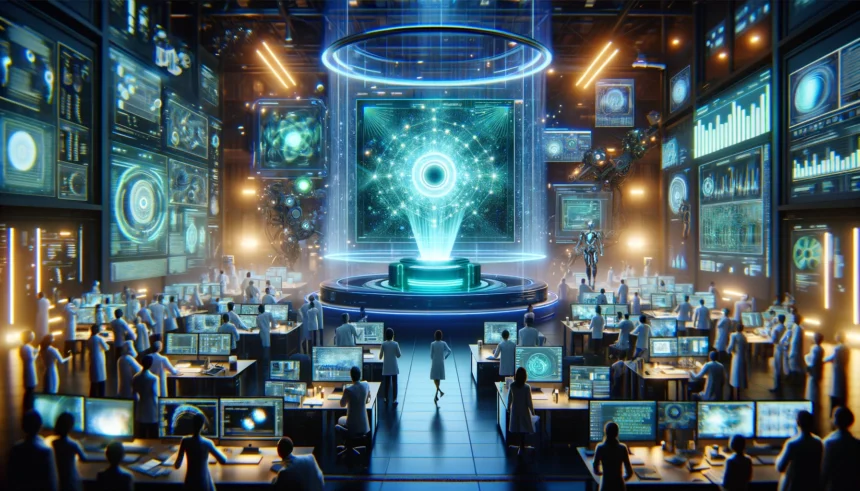OpenAI has announced the debut of Sora, an advanced artificial intelligence model capable of transforming text prompts into hyper-realistic videos, marking a significant leap forward in the realm of generative AI.
Unlike Google’s Lumiere, which generates videos up to a minute in length, Sora distinguishes itself with its broader accessibility to creative professionals and its extensive adversarial testing to mitigate the risk of generating convincing deepfakes.
Complementing the unveiling of Sora, ElevenLabs revealed plans to integrate text-generated sound effects, enhancing the realism of AI-produced videos. This innovation arrives as leading tech giants vie for supremacy in the burgeoning text-to-video technology sector, projected to generate $1.3 trillion by 2032.
Sora will initially be available to a select group of experts and creators to ensure its safety and effectiveness. OpenAI aims to harness feedback from these users to refine the model further, addressing any potential for misuse, particularly in creating deepfakes. The model’s prowess lies in its capacity to interpret extensive prompts and produce a wide array of scenes and characters with remarkable realism.
However, OpenAI acknowledges Sora’s limitations, including its struggle with complex scene physics and cause-and-effect relationships. Despite these challenges, Sora represents a foundational step towards achieving artificial general intelligence (AGI), with the potential to simulate the real world more accurately.
Safety remains a priority for OpenAI, which has outlined strict guidelines for Sora’s use, prohibiting content that could harm or deceive. As the model undergoes real-world testing, OpenAI remains committed to advancing safe AI technologies that benefit society.
This announcement underscores the rapidly evolving landscape of generative AI, promising a future where artificial intelligence can create videos that are indistinguishable from reality, yet mindful of the ethical implications of such power.
















